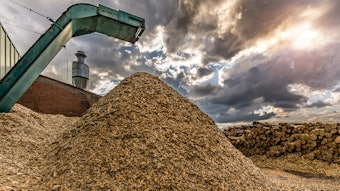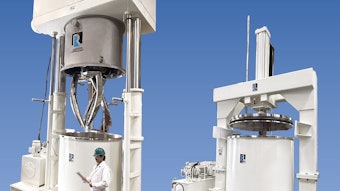The antimicrobial properties of silver ions have been known since ancient times, and several studies have explored the mechanisms of action that make them effective against such a broad range of microorganisms.1 This includes Gram-positive and Gram-negative bacteria,2, 3 fungi and yeasts,3 and viruses.4–6 Silver ions work in a number of ways, most noticeably by disrupting essential cell transport, i.e., the movement of nutrients, metabolites and waste in, out and around the cell; protein synthesis;7 and reproduction by interfering with the microorganism’s DNA and RNA.8, 9 This effectively starves or suffocates the microorganism, preventing its replication and resulting in inert stasis or death.
However, some microorganisms have a greater tolerance of silver than others, and even show a degree of resistance. Silver ions are non-selective and as noted, affect the performance of a number of critical physical functions within microorganisms. Therefore, in order to become resistant to silver ions, an untreated microorganism would need to mutate several critical functions simultaneously in a single generation through spontaneous mutation. The likelihood of this is very low;10–13 to date, the emergence of any silver-sensitive pathogen made resistant from the clinical use of silver has not been reported.










